Apple on Wednesday released results for its fiscal 2007 first quarter ended December 30, 2006, which included record revenue of $7.1 billion and record net quarterly profit of $1.0 billion, or $1.14 per diluted share.
Some notes follow from the conference call with analysts and members of the media:
Apple's Mac Business
Apple shipped a total of 1.606 million Macs during the quarter, representing 43 percent of the company's total revenue. This included sales of 969,000 notebooks and 637,000 desktop systems.
Overall, Mac sales rose 28 percent in units and 40 percent in revenue year-over-year. Sequentially, Mac unit sales were flat while Mac revenue rose by 9 percent.
Notebooks rose 65 percent in unit sales and 79 percent in revenue year-over-year. However, notebook sales declined 2 percent sequentially while rising 8 percent in terms of revenue.
Desktop units were down 4 percent year-over-year while revenue rose 5 percent. Sequentially, desktops rose 2 percent in units and 10 percent in revenue.
The quarter showed surprisingly strong MacBook Pro sales. Apple saw many customers "buying up the line," looking towards higher-end models.
The quoted figure of 1.6 million Macs shipped during the quarter was much higher than what Apple had projected internally. The company is "thrilled" with Mac shipments.
Mac sales grew at about 3 times IDC's published growth rate for the PC market during the quarter.
The Mac has outgrown the overall PC market for 8 of the last 9 quarters.
On the current progress of Leopard: "We've got a lot of people working on it."
When asked about the lack of iLife updates at Macworld, the company said only to "stay tuned."
The Pro market met internal expectations for the quarter, but those expectations were tempered by customers still waiting on the next version of Adobe Creative Suite. There was "lots" of positive feedback from the Photoshop CS3 beta released by Adobe last month.
Boot Camp downloads have exceeded 1.5 million. The Windows compatibility software continues to be "a great interest to a number of different people."
Mac inventory at the end of the quarter was just below Apple's target of 4-5 weeks.
Apple is continuing to selectivity expanding its Mac retail distribution channel and now has over 7500 worldwide distribution points. This is up 1500 points when compared to the same time last year.
As for Best Buy, the company increased its pilot project for Mac sales at the electronics retailer to over 50 stores prior to the holiday quarter and will work this quarter to evaluate those 50+ stores and determine how to proceed with future launches.
A survey of student buyers shows that their intent to buy a Mac portable has increased from 17 to 28 percent in the past year.
Apple defended its sub-par sales in Japan, noting that he PC market in Japan continues to be among weakest in world. IDC was projecting a 16 percent contraction in the home market, which is precisely where Apple is focused. In the digital media player space, Apple maintained a 53 percent share, but the market did not grow. "We are dissapointed with results even though they are consistent with the market," management said. The company plans to place an additional emphasis on Japan, which recently began with airing localized "Get a Mac" ads.
Apple's Music Business
Apple sold 21.066 million iPods during the quarter, representing a 50 percent increase in units and 18 percent increase in revenue year-over-year. Sequentially, iPods grew 141 percent in units and 120 percent in revenue.
When asked about expected sales relating to niche hardware such as the Airport Extreme, Apple said only that it sees Apple TV as the DVD player of the 21st century.
More details on the iPhone will be provided right before it begins shipping in June.
At this point Apple is "sold on" GSM/EDGE (2.5G) technology for the iPhone becase it's more widespread and better deployed in the U.S. than 3G. While the company doesn't comment on its product roadmap, it will "be where the technology is over time."
All three iPod models did exceptionally well during the quarter.
The iPod share of the US digital music player market was 72 percent in December, according to NPD.
During the quarter, the iPod gained share in every international country for which data is available.
iTunes continues to lead the legal download market, with an over 85 percent share.
The iTunes Store now contains over 4 million songs, 350 television shows, and 250 movies.
"We think the Cisco trademark lawsuit is silly," management said of the iPhone name dispute, reiterating its previous official statement. "We believe Cisco's U.S. trademark registration is tenuous at best."
Channel inventory of iPods increased by 200,000 units related to channel fill for the iPod shuffle. Apple ended within its range of 4-6 weeks.
Apple won't break down iPod gross margin (and never has), but said the players were "key" to the overall corporate gross margin.
Apple won't break out Apple TV sales next quarter and will instead lump them into its "Other Music Related Products and Services" category. We'll never know how many are actually sold unless Apple makes a separate announcement.
iPod worldwide distribution points remained at around 40,000; the company has dropped some but gained others.
Apple's goal of selling 10 million iPhones is through the 2008 calendar year.
Apple expects a higher seasonal decline in iPod sales from the December to the March quarters than it witnessed last year. Part of this has to do with the supply and demand balance achieved during the December quarter this year. Last year, demand for iPods exceeded supply during the December quarter, which resulted in some pent-up demand spilling into the March quarter.
Retail
Sales at Apple's retail stores came in at a record $1.1 billion (including sales of a record 308,000 Macs), though profit was down slightly from the previous quarter to $89 million. Apple opened 5 new retail stores during the quarter to end with 170 stores. With an average of 169 stores open during the quarter, per-store revenue was about $6.7 million.
Apple retail saw approximately 28 million visitors during the quarter, or 13,000 visitors per store, per week. The company expects to open 7 stores during the March quarter and 35-40 overall in fiscal 2007.
Other Apple business and segments
Apple Americas accounted for 625,000 Mac sales and $3.498 billion in revenues. These figures are up 21 percent and 30 percent year-over-year, respectively. Sequentially, Mac units decreased by 20 percent while revenue rose 52 percent.
Apple Europe accounted for 491,000 Mac sales and $1.711 billion in revenues. These figures are up 27 percent and 38 percent year-over-year, and 44 percent and 73 percent sequentially.
Apple Japan accounted for 70,000 Mac sales and $285 million in revenues. These figures are down 14 percent and 20 percent year-over-year. Sequentially, Mac units in Japan were up 13 percent while revenues were flat.
Apple's Asia Pacific (and FileMaker, Inc.) accounted for 112,000 Mac sales and $482 million in revenues. These figures are up 44 percent and 27 percent year-over-year. Sequentially, unit sales rose 10 percent in the Asia Pacific regions and revenues increased 46 percent.
Apple's "Other Music Related Products and Services" segment accounted for $634 million in revenue — a 29 percent year-over-year increase and 40 percent sequential increase.
Apple's "Peripherals and Other Hardware" added $297M in revenue, representing a 2 percent yearly decline in revenue. Sequentially, revenues were flat.
Apple's "Software, Service and Other Sales" segment accounted for $347 million in revenue, an increase of 7 percent year-over-year and 10 percent sequentially.
Financial breakdowns
Gross margin for the quarter came in above guidance at 31.2 percent, due primarily to a favorable commodity environment across the board. "It was a great time to be a buyer," Apple's management said. For the March quarter, Apple sees the favorable commodity environment carrying over for LCD displays and flash memory, while DRAM should be relatively flat.
Operating margin for the quarter was extremely high at 18.6 percent, due primarily to revenue growth and affective cost management.
Operating expenses for the quarter were $898 million, including $40 million for stock-based compensation.
The tax rate was 31 percent.
Nothing new exists to share on the prospect of a stock split "at this time."
Capital expenditures for the quarter were $142 million, including $36 million for retail.
Apple increased its cash balance during the quarter by a staggering $1.75 billion to end with $11.9 billion.
Looking ahead to March
Looking ahead to the March quarter, Apple is targeting revenue of $4.8 to $4.9 billion and per share earnings between 54 cents and 56 cents. It expects gross margin to be about 29.5 percent, operating expenses to come in at $845 million, and the tax rate to be 32 percent.
 AppleInsider Staff
AppleInsider Staff
-m.jpg)





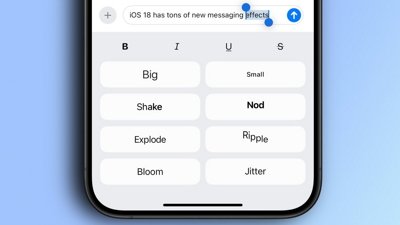
 Oliver Haslam
Oliver Haslam
 Amber Neely
Amber Neely
 Marko Zivkovic and Mike Wuerthele
Marko Zivkovic and Mike Wuerthele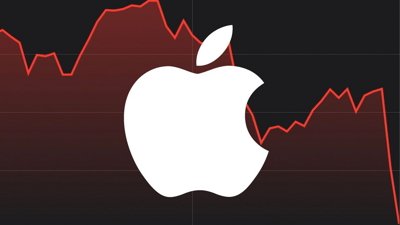
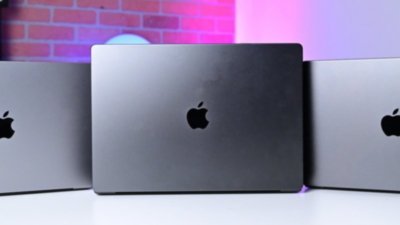
 Andrew Orr
Andrew Orr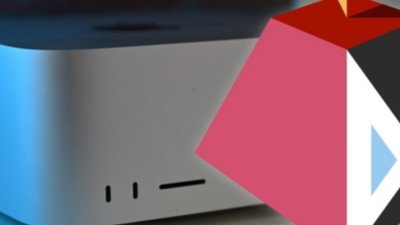
 Malcolm Owen
Malcolm Owen
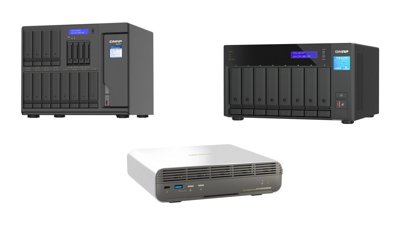
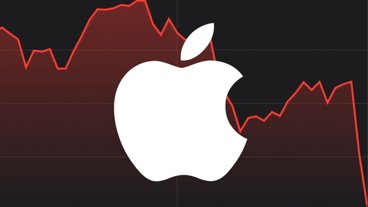

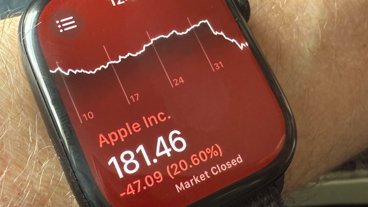







31 Comments
edit - see next post
Very roughly speaking, if we assume
Apple currently has 5% market share (new sales)
Apple continues to grow at 28% vs market growth of 7%
Then market share would be roughly 5.9% at end of 2007, 7.0% 2008, 8.3% 2009 and 9.7% 2010.
Is this realistic? too slow?
The Japanese might be punishing Apple for kicking Sony's back end in the digital music space.
and/or
The Japanese might be looking for a sub-notebook. They especially like the Origami devices running Microsoft's OS.
cool, yo
=D
I think the Japanese are ahead of the curve. From all signs this is the general direction of the PC market. Sales are slowing, headed towards saturation and stagnation.
People are wondering why Apple gave practically the entire MacWorld Keynote to the iPhone. That's because ultra mobile computer devices are the future. Jobs showed the graph where portable device sales completely eclipsed personal computer sales.